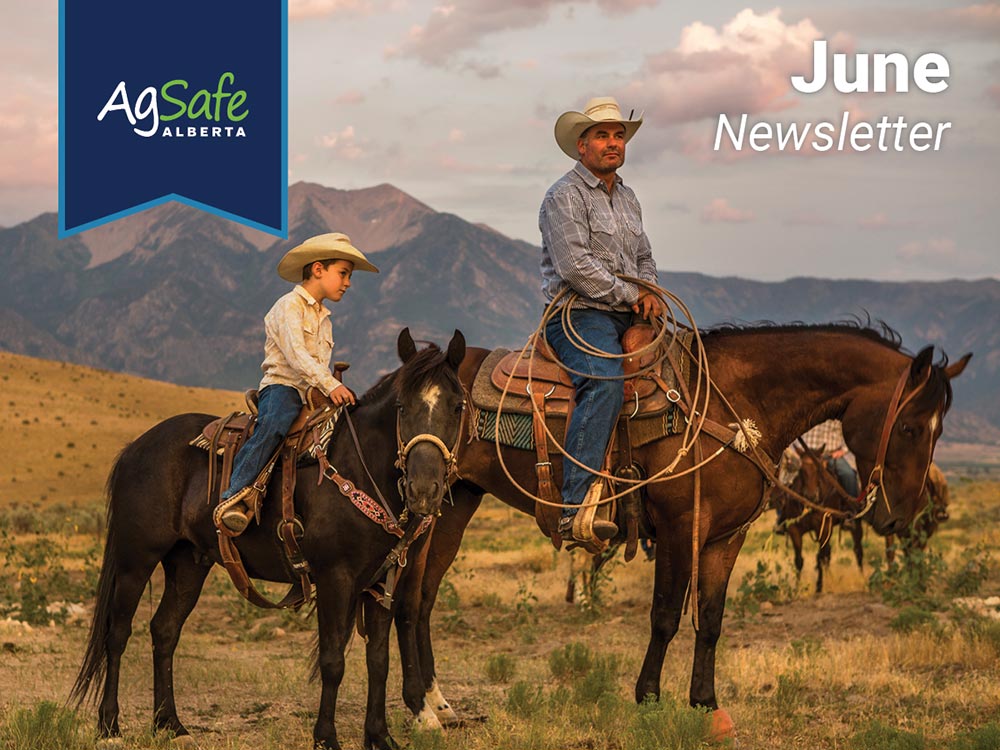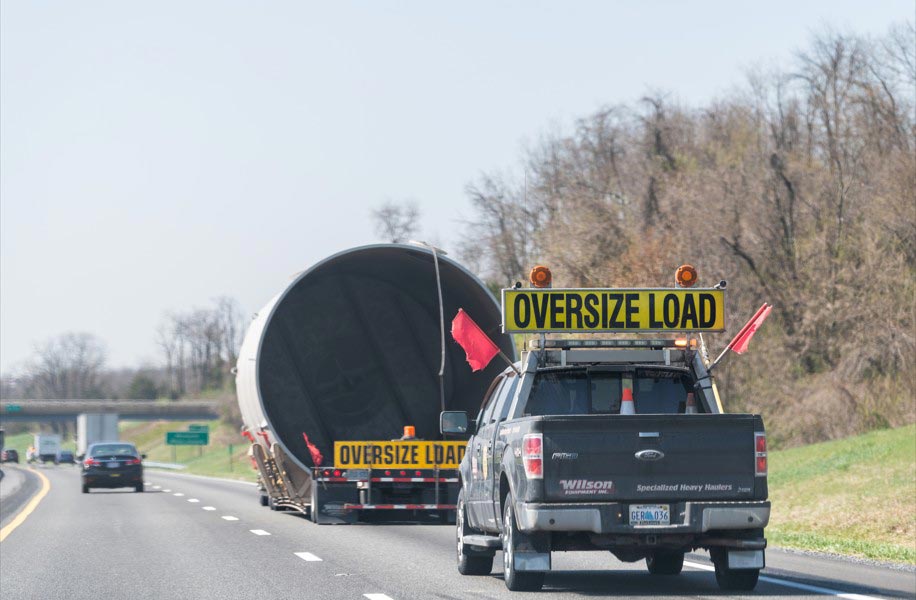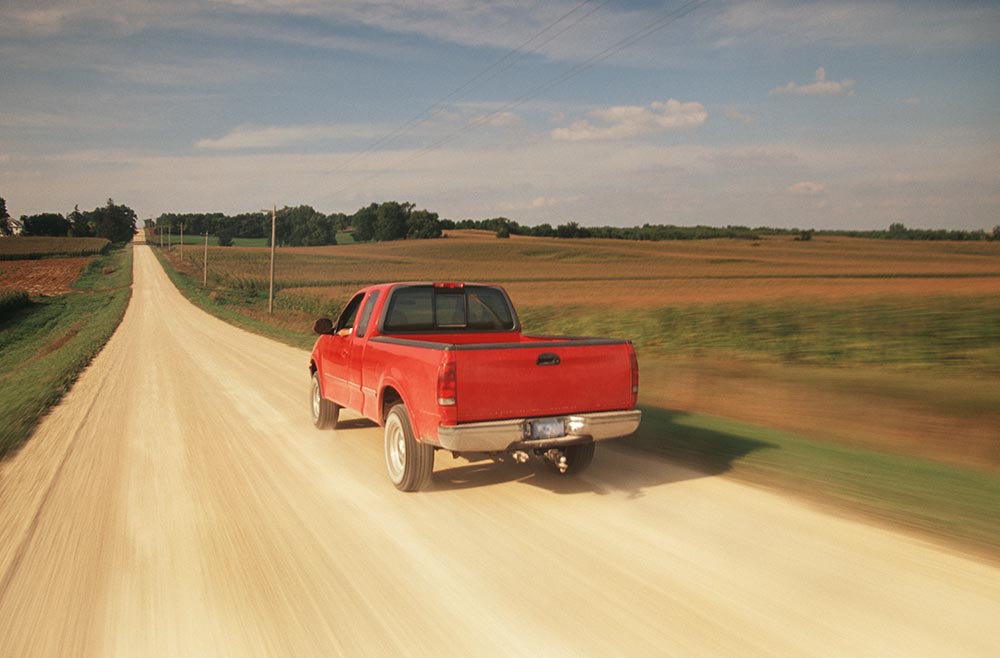

Rural Physician Shortage
Key Points & Why a Health and Safety Program Is More Important Than Ever!
Many of us are all too familiar with the rural physician shortage. Emergency room closures in communities and long waits to see a physician have become commonplace. So, what does this mean for farm employers?
Points to consider:
- An employer must have a plan created, communicated and fully in place to transport ill or injured workers from the worksite to the nearest health care facility before workers are sent to a worksite.
- It is very important to ensure that the nearest health care facility is OPEN (you don’t want to waste time transporting someone to a closed facility). This may include a phone call to the nearest facility prior to work starting for the day and/or checking Alberta Health Services’ website: AHS Facilities: Temporary Service Disruptions
- Having plans to transport workers to other nearby health care facilities is important. Have maps and directions ready for these facilities as well.
- It is important to remember that when someone is injured at work, you will need to report this to the Workers’ Compensation Board (WCB) and, if it is serious, Alberta Occupational Health and Safety.
- You cannot assign modified work duties until a physician has assessed the injured person and identified their limitations.
- In Alberta, a doctor cannot refuse to provide care to a WCB-related patient solely because it’s a WCB case.
- Helpful Resources:
- Alberta physicians are contracted members of WCB Alberta’s provider network. Read more here: WCB Alberta Health Care Provider Fact Sheet
- WCB Alberta – Occupational Injury Services (OIS)
- WCB Alberta Report an Injury
- Alberta Government – Report serious injuries, illnesses or incidents
Why a Health & Safety Program is More Important Than Ever!
According to WCB Alberta:
- Agriculture and forestry had the highest disabling injury rate, second-highest lost-time claim rate and saw a 46 per cent increase in fatality rate in 2019.
- There were 129 workplace fatalities in 2019, and 47% of these were caused by occupational illnesses!
Benjamin Franklin once said, “An ounce of prevention is worth a pound of cure.” This statement is still true today, and it applies to all aspects of life. Injuries and illnesses that result from farm work need to be looked at as avoidable rather than inevitable.
Small, practical and consistent safety-related efforts can keep the people working on your farm out of the emergency room, doctors’ office and, most importantly, out of pain and discomfort. The best way to achieve this is by having a farm-specific health and safety program in place where hazard identification, assessment and control are emphasized and efforts are made to ensure it is effective and continuously being improved.
AgSafe Alberta has developed many resources to support you in doing this. Visit the Resources page or the Online Courses page of our website to get started!

Farming & Rail Safety
Rail Safety Tips for Agriculture:
- When approaching a rail crossing, slow down and be prepared to stop.
- Drive according to road conditions, weather conditions, visibility, as well as the weight and length of your vehicle. It is important to ensure there is enough room for you to fully clear the crossing before proceeding.
- Never cross railway tracks unless you have a clear view of the tracks and are certain that no trains are approaching from either direction and on any track.
- When stopped at a crossing, look in both directions for approaching trains. Do this carefully and intentionally, looking around obstructions (if any).
- Always cross tracks in low gear without shifting. This will help reduce the likelihood of your vehicle stalling out on the tracks.
If you get stuck or stall out on a rail crossing:
- Immediately leave your vehicle if it stalls or gets stuck on the tracks.
- Call 911 from a safe location to stop rail traffic.
Resources:
CASA’s Rail Safety Tips Infographics
CN Rail’s Rail Safety Tips for Farmers
Operation Lifesaver: Rail Safety Tips for Farm Machinery Operators

Escort Vehicle Basics
Using escort vehicles to move oversized equipment/loads is a great way to make these types of moves safer for everyone. However, it is not as simple as having some random person jumping into a pickup truck and “winging it.”
Alberta Transportation created this simple but excellent resource to help you and the people involved in these types of moves:
Alberta Transportation – Escort Drivers’ Handbook
General points to consider include:
- Performing a hazard and risk assessment before the move. Consider the risk of load shift potential, height and centre of gravity issues, protruding components (e.g., sprayer arms), maneuverability limitations, hazardous loads (e.g., pesticides), etc.
- Emergency and backup plans, should things not go as planned. This includes communication tools, breakdowns, delaying or stopping the move when required.
- Holding a pre-trip meeting. This meeting should include escort vehicle operators, load driver(s) and anyone else involved in the move (e.g., peace officers, utility line lifters, etc.). Topics covered should include the hazard assessment, roles, responsibilities, positions, communication plans, route plans, etc.
- Ensuring everyone is trained and competent for their roles and responsibilities.
A farm-specific and thoughtfully developed health and safety program will support you here and in many other areas. If you have not already, we highly recommend you download and review the Alberta FarmSafe Plan Manual.
Additional resources:
Government of Alberta’s Escort Vehicle Operator’s Handbook v.2.1
Government of Alberta’s Safe Transportation of Farm Equipment in Alberta
Keep Safe on the Roads Using a Pilot Vehicle

If you have farm-specific health and safety questions or require support relating to health and safety on your farm, please contact AgSafe Alberta at info@agsafeab.ca.
You may be eligible for onsite farm visits and up to 10 hours of advisor support at no cost!
When a Vehicle is a Worksite

When a vehicle is used for work purposes while away from the worksite, it is considered a worksite. This commonly occurs when someone is using a vehicle to travel from one field (worksite) to the next on a public road or when going to town to pick up a part.
It is important to recognize a vehicle as a worksite because:
- Alberta OHS legislation defines a worksite as a location where a worker is, or is likely to be, involved in any kind of job or profession. Legislation goes on to state that this includes any vehicle or mobile equipment used by a worker for their work.
- Alberta OHS legislation requires employers to protect the health, safety and welfare of their workers and others who may be affected from identifiable and controllable hazards originating at the worksite.
Some things you will want to do include:
- Having both farm-specific general hazard assessments and some form of pre-job hazard assessment will help the people on your farm find and correct issues before you have a major incident. Things that may be caught during a pre-job hazard assessment include identifying fluid leaks, tire issues, headlight problems and even measures to take to stay safe in the driving conditions.
- Ensuring everyone who will be operating a vehicle for work purposes is trained and competent to do so. Driving in Alberta is very different from other parts of the world and not everyone will have received good driving instruction or adequate experience. These are things that you will need to address on your farm through your training program.
- Having well-maintained farm vehicles is a must! If the farm had been found guilty of negligence for not addressing the unsafe working condition relating to the equipment being used (e.g., breaks not functioning properly), the outcome would be far more serious for the farm and any individual(s) who may have also been found to be negligent in their actions.
- Important: Even if someone is using their personal vehicle for work purposes, it is still considered a worksite. If you recognize that a personal vehicle is not safe or suitable for the task, you will want to ensure that it does not get used.
- Ensuring vehicles are equipped with any necessary safety equipment is also important. Seasonal emergency kits, fire extinguishers and first aid kits should be available in the vehicle.
A farm-specific and thoughtfully developed health and safety program will support you here and in many other areas. If you have not already, we highly recommend you download and review the Alberta FarmSafe Plan Manual.
Additional resources relating to vehicles as worksites:
Government of Alberta – Vehicles as work sites
Government of Alberta – Driving for Work: Developing Safe Practices for Employers and Workers
Energy Safety Canada – Maintaining the Safety of Vehicles as Work Sites
CONTACT US
